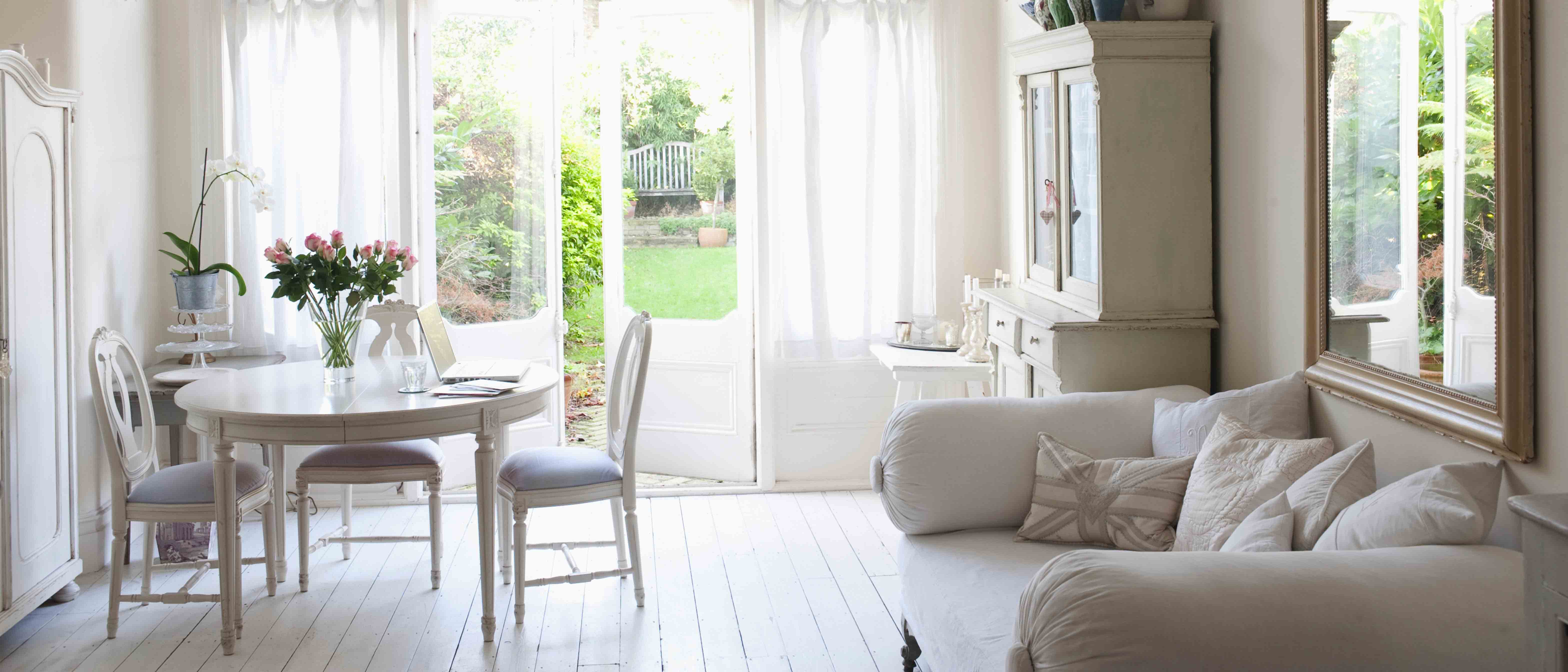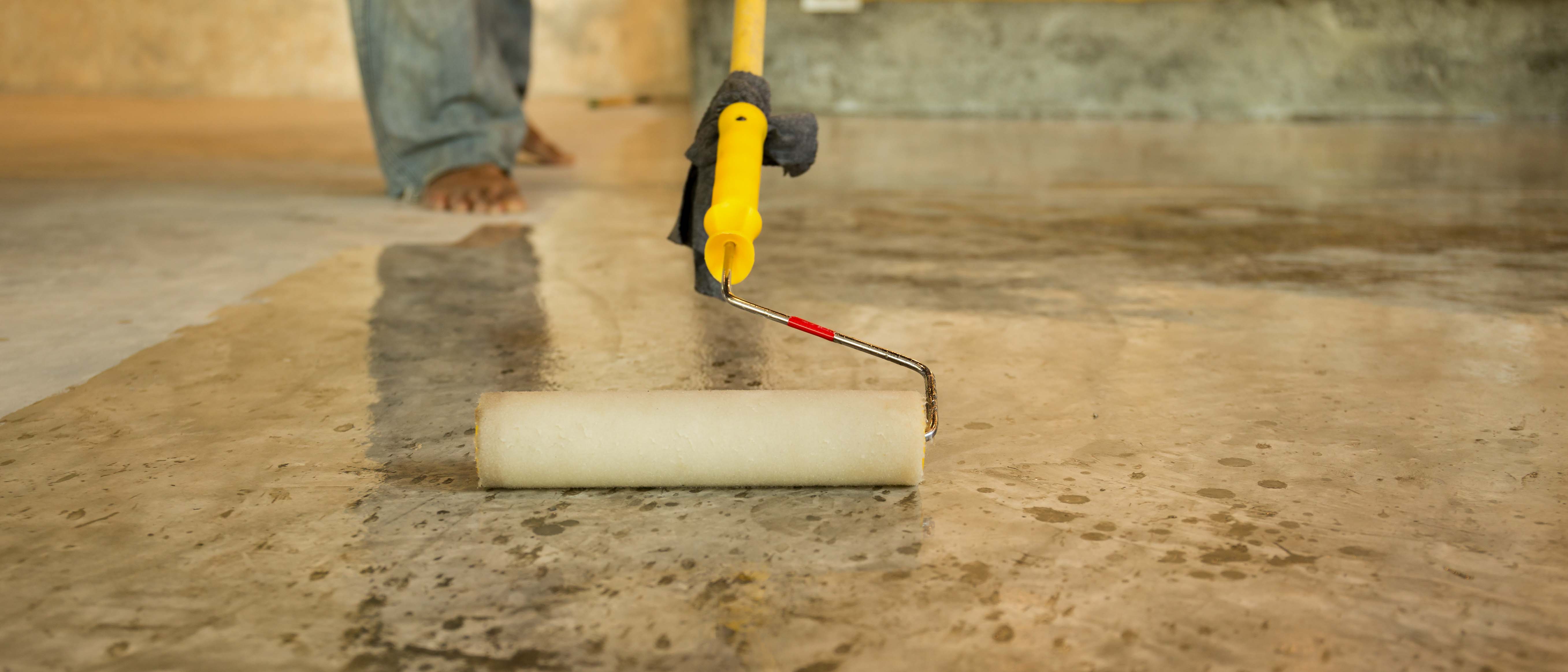How to Paint a Floor to Give It a New Look
If your tired-looking floor is in need of a makeover, painting it can be a cost-effective and creative solution. Whether you have hardwood, concrete, or even a plywood subfloor, painting can transform your space and give it a fresh and stylish appearance. Here's a step-by-step guide on how to paint a floor to give it a new look.

Materials You'll Need:
- Paint (floor paint or enamel paint, depending on your surface)
- Primer (if needed)
- Sandpaper
- Paint roller or brush
- Painter's tape
- Drop cloths
- TSP (Trisodium Phosphate) or a similar cleaner
- Putty knife (for wood floors)
- Sealant or polyurethane (for wood floors)
Step 1: Prepare the Surface:
- Remove all furniture and clean the floor thoroughly. Use TSP or a similar cleaner to remove dirt, grease, and any existing finish. Let it dry completely.
.jpg)
Step 2: Check for Damage:
- Inspect the floor for any cracks, holes, or imperfections. Fill in any gaps with wood filler (for wooden floors) or patching compound (for concrete).
Step 3: Sand the Surface:
- For wood floors, sand the surface to remove any existing finish and create a smooth, even surface. If your floor is in good condition, a light sanding may be sufficient.
- Clean up the dust after sanding.
Step 4: Apply Primer (If Necessary):
- Some surfaces, especially wood floors, may benefit from a primer to ensure better paint adhesion and prevent bleeding. Let the primer dry according to the manufacturer's instructions.

Step 5: Tape and Protect:
- Use painter's tape to mask off areas you don't want to paint, such as baseboards or walls. Lay down drop cloths to protect surrounding areas from paint splatters.
Step 6: Paint the Floor:
- Start by cutting in along the edges with a brush. Then, use a paint roller to apply paint to the rest of the floor. Apply the paint evenly, following the wood grain (for wooden floors) or in a consistent direction (for other surfaces).
- Depending on the type of paint and surface, you may need multiple coats. Allow each coat to dry before applying the next.
Step 7: Seal the Floor (For Wood Floors):
- Once the paint is dry, consider sealing the floor with a clear polyurethane or sealant. This adds protection and durability to your painted wood floor.

Step 8: Let It Cure:
- Allow the paint to cure fully before placing furniture back in the room, typically at least 24 hours.
Painting a floor can breathe new life into your space, and with the right preparation and materials, it's a DIY project that can yield stunning results. Whether you opt for a classic monochrome look or get creative with patterns and stencils, painting your floor can be a rewarding way to refresh your home's interior.
